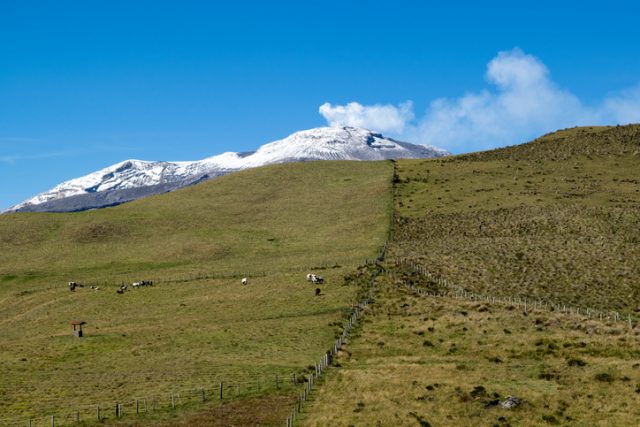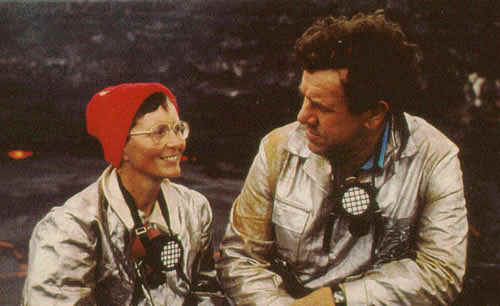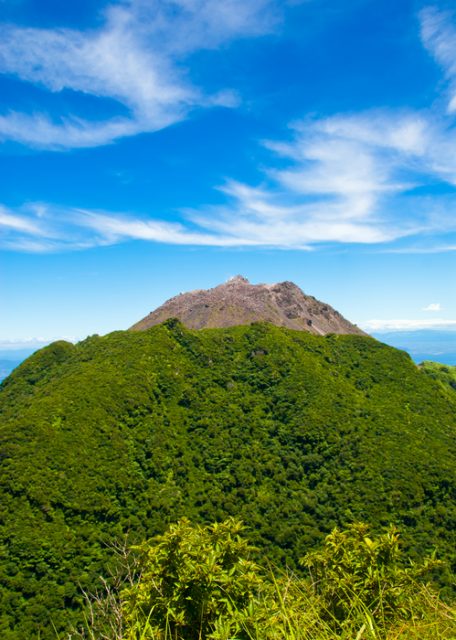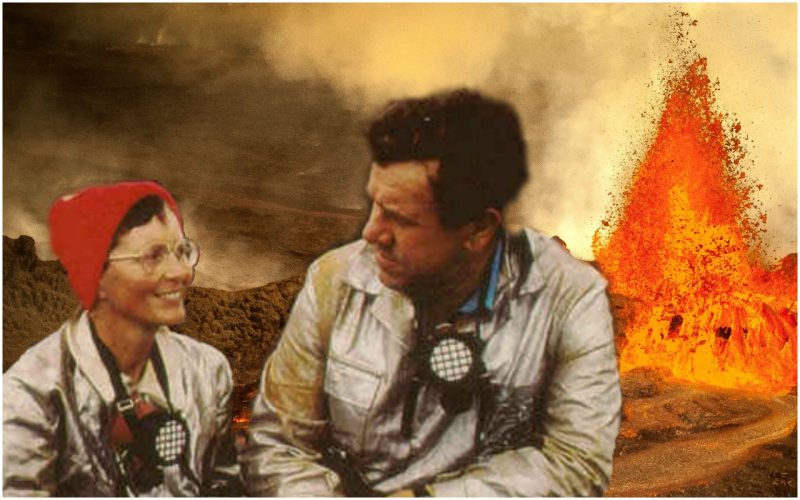Being attracted to volcanoes has its downside. They are awe-inspiring and hypnotizing keepers of our inner Earth, but dangerous ones. All the people who study volcanoes are, one assumes, aware of the risks of their subject.
There have been many brilliant volcanologists killed in volcano eruptions, including David A. Johnson, Harry Glicken, and the most famous casualties, Katia and Maurice Krafft. Johnson was killed by the pyroclastic flow of the 1980 eruption of Mount St. Helena, while the latter three were caught in the pyroclastic flow of Mount Unzen, along with 40 other people, mainly journalists who accompanied them, in 1991.
The French couple, Katia and Maurice, shared an attraction to volcanoes, one that perhaps approached an addiction. There are many people fascinated with volcanoes, but very few who are willing to climb an erupting crater and approach the flowing lava. Katia and Maurice did extensive work, shooting photographs and films of volcano eruptions, always being the first on the scene of an active volcano, and the ones who fearlessly came to just a few feet from lava flows. They were not only highly respected by volcanologists all around the world, but also envied.

“They are so powerful, so beautiful, so you just can fall in love with it,” said Katia in an interview.
The couple met in the 1960s when they were both students at the University of Strasbourg, and were married in 1970. Both of them were attracted to volcanoes since childhood. Upon graduating, Katia and Maurice pursued their careers as volcano observers with no funding at all, just their own savings, which they spent on a trip to Stromboli to observe the eruption of the volcano.
They took an incredible and valuable set of photographs of the near-continuous eruption. People were curious about the photographs, while public officials working on threatening volcanoes found them useful. This interest in their work helped the French couple to establish a career in documenting eruptions. Now able to obtain financing for their work, Katia and Maurice visited hundreds, if not thousands, of volcanoes around the globe. They traveled and recorded eruptions, always getting closer to the danger than anyone else.

“I would like to die in a volcano, and unfortunately the probability for me to die in a volcano is quite low,” said Maurice in an interview.
Their pioneering work contributed to the public education on volcanoes. For example, the Kraffts’ recordings of the eruption of Nevado del Ruiz in Colombia in 1985 were presented to many people, including the Philippine president at the time, Cory Aquino. Upon learning the damaging effects of an eruption, Aquino ordered the evacuation of the area.
In their 25-year-long career, the couple documented hundreds of volcanoes, and their work consists of thousands of still photos, 300 hours of film footage, a number of books, and scientific articles published in Bulletin of Volcanology.

When we speak of the Kraffts’ work, we might as well be speaking of the “passion as job” concept. They were paid to do what they were most passionate about–to study volcanoes and volcanic eruptions. Maurice once said that he was never afraid because “I have seen so many eruptions in 23 years that even if I die tomorrow, I don’t care.”
So, in June 1991, along with 40 other people, including the American volcanologist Harry Glicken, the Kraffts set out to film the eruption at Mount Unzen in Japan. A sudden, unexpected, pyroclastic flow took place and all the people in its path were killed. Later investigation revealed that Katia’s and Maurice’s bodies were closest to the volcano crater. They were 44 and 45 years old respectively. Although it was a loss to the science, considering that volcanology is not a common profession, and a terrible tragedy, as 43 people lost their lives, it can be said that at least the Kraffts and Glicken died doing what they wanted to do.
